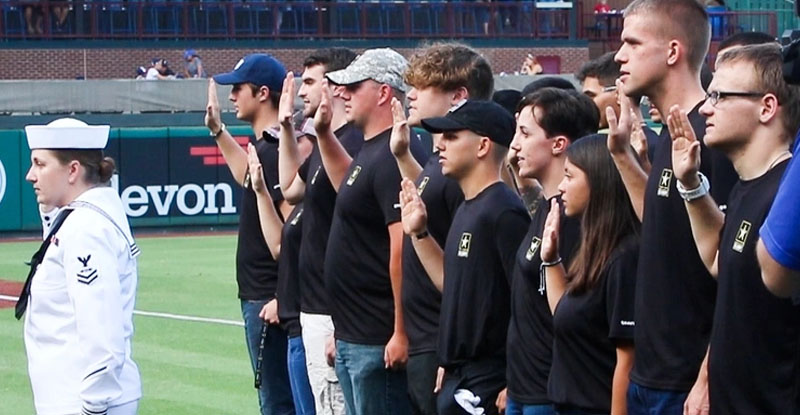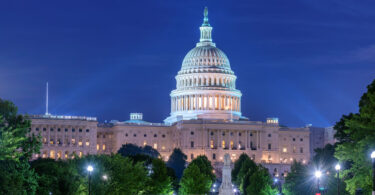The Marine Corps and other service branches are competing to attract the same 412,000 eligible Americans between the ages of 17 to 24, a Marine recruiting commander said Tuesday.
There are approximately 32.8 million Americans, part of Gen Z, but when looking at those who qualify for and want military service, that number quickly dwindles to 412,000, said Brig. Gen. Jason Morris, commander of Marine Corps Recruit Depot San Diego, speaking at the West 2023 conference hosted by the U.S. Naval Institute and AFCEA.
There are a number of disqualifiers that account for bringing the number to 412,000, Morris said, including obesity, drug use and mental illness.
“We encourage people to get help, but once they get help, it’s in their records and we have to sort through that,” he said.
The number of Gen-Zers, or those who were born between 1997 and 2012, is approximately 7 million – less than that of millennials. This means the services, which have to compete against industry in addition to the other branches, have a smaller pool of people to attract, Morris said.
Bonuses and other incentives that the military offers, such as college assistance, are no longer unique to the services, with companies like Starbucks or Amazon offering similar benefits.
The Army, which offered a recruiting and shipping out bonus, still had trouble meeting goals in Fiscal Year 2022, suggesting that money is not enough of an incentive, Morris said.
The Marine Corps did meet its new recruit goal for FY 2022, Morris said, but it came at a cost. The start pool decreased by 23 percent, which means that recruiters now have to send new recruits out earlier. . . . (read more at USNI News)
—
Related:
Air Force mulls remote control of drone wingmen (Military Times, 13 FEB 23)
The Air Force is studying whether drone wingmen flying alongside piloted fighter aircraft could be controlled by operators in nearby battle management aircraft or refueling tankers, according to Chief of Staff Gen. CQ Brown.
The future fleet of collaborative combat aircraft, or CCA, as the service calls the concept, could involve them being partially guided from nearby aircraft such as the KC-46 Pegasus or E-7 Wedgetail, Brown said in a discussion at the Brookings Institution on Monday. . .
. . . . . Keeping costs down will be crucial if this concept will work, Brown said. One of the intended benefits of CCAs is they would be less expensive than traditional aircraft, and would not require an aircrew, he said.
“We’re really headed down that path,” Brown said. “I think you’ll see, as we start looking at our future budgets and the analysis we’re doing … we are committed to more uncrewed capability.” . . . (read more)








Leave a Comment